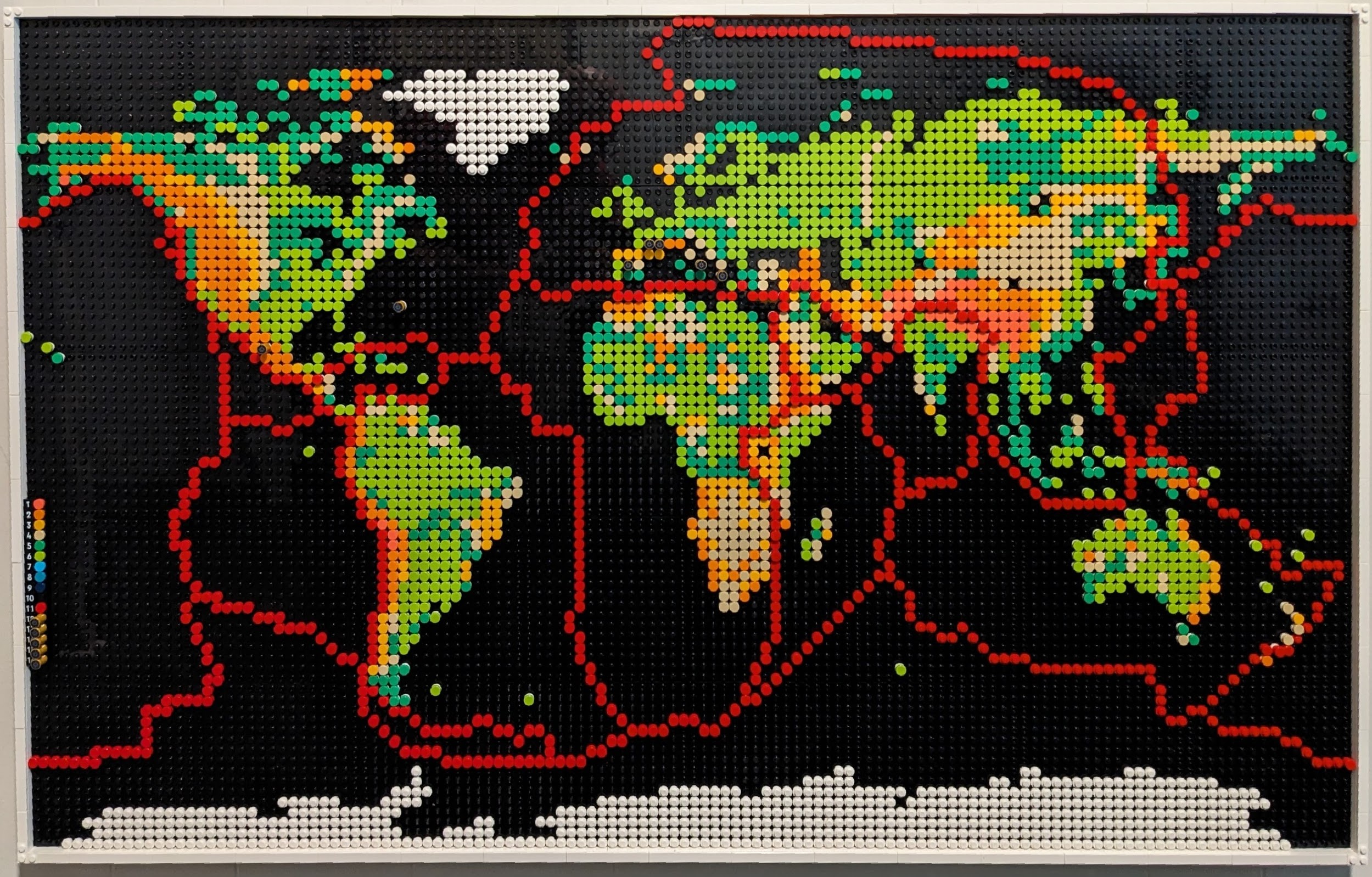Widgetized Section
Go to Admin » Appearance » Widgets » and move Gabfire Widget: Social into that MastheadOverlay zone
Understanding the Current Crisis in Public Administration: Part 1 – Metaphors that Matter
The views expressed are those of the author and do not necessarily reflect the views of ASPA as an organization.
By Erik Devereux
May 23, 2025

This is the first column in a series on the current crisis in American public administration. In case you might think “crisis” is a little overdone, consider that the dominant political party in this representative democracy now has made as its primary objective the systematic dismantling of a huge share of the national government. From the time of the New Deal forward there have been attacks on the growth of the American administrative state but never before has there been such dramatic and rapid success at rolling back the role of the federal government toward where it was in 1929. The purpose of this series will be to delve into the fundamental social forces behind the current crisis with the goal of identifying constructive paths forward for those who believe a highly professional, capable and empowered administrative state is a necessity for national survival in the 21st century.
Walter Dean Burnham (1930–2022) was one of my teachers in the field of American politics at MIT in the 1980s and the chair of my dissertation committee at the University of Texas in the early 1990s. Dean championed the place of effective metaphors in political science. Appropriate metaphors help to structure thinking about complex issues and to diagnose systems. Known for his research on “critical realignments” in American politics, Dean often used plate tectonics as a metaphor for understanding apparently rapid transformations in the policy positions of the major political parties.
The photo accompanying this column depicts the Earth’s tectonic plates as I have laid out on LEGO’s version of a world map. At the red plate boundaries, huge chunks of crust either are moving apart or crashing together. If you trace those boundaries, you quickly can understand why countries like Iceland, Haiti, Turkey, Japan, Indonesia and New Zealand that sit astride those boundaries are prone to occasional violent geological events.
Much of what is happening moment to moment with plate tectonics is hidden from view as inexorable subterranean movements, driven by forces arising from underneath the Earth’s crust, build up huge stresses at the plate boundaries. Eventually, the stresses along the boundaries cause the plates to slip, shear or separate, yielding earthquakes, tsunamis and volcanic eruptions that can seem to come out of the blue. The real story lies not with those disasters, which are symptoms of a process, but with the underlying forces that cause the plates to move.
To apply the metaphor to our current condition, events impacting the administrative state since the presidential inauguration on January 20 of this year certainly feel like a powerful earthquake. Just as what often happens with physical earthquakes, many of those affected act as if the force and scope of this disaster could not be predicted and struggle to conceive of the likely longer term consequences. Yes, hindsight often is 20-20 but if you look back at my columns from years ago, you will see I had some inkling of what was coming. To be clear, I am not interested in anything related to saying, “I told you so” (but I recently profiled an informed view from 1991 in that regard). What I am interested in doing is thinking through how the “why” of the current crisis can lead to productive changes in U.S. politics and administration in the aftermath.
To extend the metaphor, we had an earthquake last January 20. Many buildings and other structures we believed were built to survive this event in fact are severely damaged or have collapsed. Aftershocks continue and more structures are in peril. Now we need to figure out exactly why these structures failed so that we can rebuild in a way that will stand up to future shocks of this sort.
My faculty in American politics were divided as to what constituted the tectonic plates themselves. Dean Burnham was in the camp that focused on the electorate, the voters who aligned with the political parties and, at the end of the day, choose who runs the Congress and the Executive Branch. I had other faculty who focused on the role of interest groups in shaping the platforms of the major parties and thereby influencing who the parties nominated for office. Regardless of which “lens” works for you, a key point pertains across the board. There actually is very little direct support for our political system as enshrined in the U.S. Constitution. Instead, the system receives support when it is perceived as serving the needs of our society.
Returning again to the metaphor of plate tectonics, there is evidence that the current crisis is the result of a gradual but steady decline in support for the American administrative state among a wide swath of both the electorate and influential interest groups. Stresses have been accumulating in our politics for many decades as this decline in support continued. Eventually, the plate boundary ruptured and many agencies of the federal government are now tumbling down into the crevasse. The next column in this series will begin to discuss exactly which subterranean forces are responsible.
Author: Erik Devereux is Teaching Associate Professor in the Department of Public Policy, Management, and Analytics at the University of Illinois-Chicago. He has a B.S. from the Massachusetts Institute of Technology (Political Science, 1985) and a Ph.D. from the University of Texas at Austin (Government, 1993). He is the author of Methods of Policy Analysis: Creating, Deploying, and Assessing Theories of Change (available for free here). Email: [email protected]. More content is available here.


Follow Us!